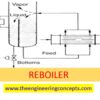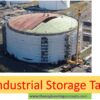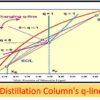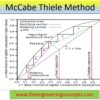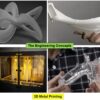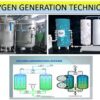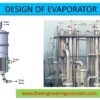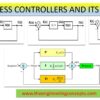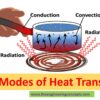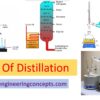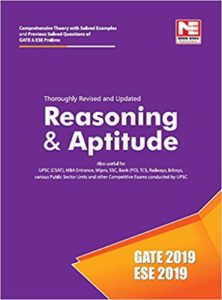Slurry Reactor & Its Types
- Enhanced reaction kinetics: The use of a slurry allows for increased surface area contact between the reactants and the solid catalyst, leading to improved reaction rates. The fine particle size and uniform mixing in the slurry promote efficient mass transfer and ensure a high degree of contact between the reactants and the catalyst.
- Heat transfer efficiency: The liquid medium in the slurry acts as a heat transfer medium, facilitating the dissipation of heat generated during the reaction. The efficient heat transfer helps in maintaining the desired reaction temperature, preventing temperature gradients and hotspots.
- Mass transfer efficiency: The slurry configuration enables effective mass transfer between the reactants, catalyst, and liquid medium. The liquid phase provides a medium for the diffusion of reactants and products, allowing for better mixing and distribution of species, and enhancing overall mass transfer rates.
- Flexibility in catalyst loading: Slurry reactors provide flexibility in catalyst loading, allowing for the use of higher catalyst concentrations compared to fixed-bed reactors. This can lead to improved catalyst utilization and overall reactor performance.
- Separation of solid and liquid phases: After the reaction, separating the solid catalyst from the liquid products can be challenging. Solid-liquid separation techniques such as filtration or centrifugation are typically employed to recover the catalyst and obtain the desired product.
- Potential for catalyst deactivation: The presence of solid particles in the slurry can lead to catalyst fouling, poisoning, or deactivation over time. These issues may require additional steps such as catalyst regeneration or replacement.
- Slurry Bubble Column Reactor:
- In a slurry bubble column reactor, to achieve the best possible gas exchange, gas is injected towards the bottom of the column to create a turbulent stream. There are a variety of building materials available in the industry. Though, gas sparging is used to combine materials as it uses less energy than mechanical stirring. Here, the liquid may flow in parallel or in the counter-current direction.
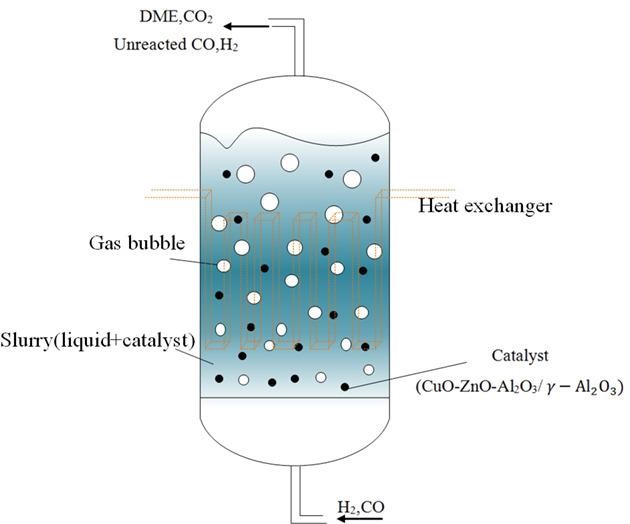
Figure 1: Slurry Bubble Column Reactor
2. Fischer Tropsch Reactor:- The Fischer-Tropsch (FT) reactor is a type of chemical reactor used in the Fischer-Tropsch process, which converts synthesis gas (syngas) into hydrocarbons. The syngas typically consists of carbon monoxide (CO) and hydrogen (H2) obtained from the gasification of coal, natural gas, or biomass.
- The Fischer-Tropsch process involves a series of chemical reactions that occur on a catalyst surface in the FT reactor. The reactions can be summarized as follows:
- Carbon monoxide adsorption: CO molecules adsorb onto the catalyst surface, forming chemisorbed CO species.
- Hydrogenation: Hydrogen molecules (H2) dissociate on the catalyst surface, and the resulting hydrogen atoms (H) react with the chemisorbed CO species, forming hydrocarbon chains.
- Chain growth and termination: The hydrocarbon chains produced in the hydrogenation step continue to grow through successive reactions. The length of the hydrocarbon chains is determined by the reaction conditions and the catalyst used. Eventually, the chains terminate by recombination reactions or by adsorption of additional CO.
- The design and operation of Fischer-Tropsch reactors are crucial for achieving high conversion, selectivity, and product yield. The choice of reactor type depends on factors such as reactant feed composition, reaction conditions, catalyst properties, and desired product specifications. Further it involves fixed bed reactor and fluidized bed reactor.

Figure 2: Fischer Tropsch Tubular Slurry Reactor
3. Slurry Batch Reactor:Slurry Batch Reactors are most widely used for the hydrogenation of edible oil. Here, the slurry is kept stationery and reactant molecules will be moving in the reactor for the transport of mass and heat.
Figure 3: Schematic diagram of Slurry Batch Reactor for Hydrogenation
Design and Kinetics of Slurry Reactor: The design and optimization of slurry reactors involve considerations of particle size, slurry density, reactor configuration, residence time, and mixing mechanisms. Experimental characterization, including particle size analysis, rheological studies, and catalyst performance evaluation, is crucial for understanding and optimizing slurry reactor performance. Slurry reactors find applications in various processes, including hydrotreating, catalytic cracking, polymerization, and coal liquefaction, among others.
Figure 4: Molecular Diffusion through gas-liquid on bubble interface

Figure 5: Kinetics of Slurry reactor

Figure 6: global rate equation
Content Source: https://en.wikipedia.org/wiki/Bubble_column_reactor https://www.degruyter.com/document/doi/10.1515/psr-2015-0019/html?lang=en https://www.altamirainstruments.com/notes/12-introduction-to-slurry-reactors.html https://www.intechopen.com/chapters/57869Also Read:
Thermodynamic Cycle
Fluid Coking
Types of Control System
What is Thermowell ? Types of Thermowell
Factors Affecting The Operation Of Distillation Column
Pump Selection Criteria
Piping and Instrumentation Diagram – P&ID
How to choose betwwen PLC and DCS systems for process industries ?
Cement Manufacturing Process
Vinyl Chloride from Ethylene
Cooling Tower
Psychrometric Chart
What is Boiler ?
Venturi Flow Meter
Pitot Tube
Coriolis Mass Flow Meter
RECIPROCATING PUMP
Design of Centrifugal Pump
Valve & Its Types
Cavitation
P&ID Symbols and Notation
What is the Difference Between HMI and SCADA?
What is SCADA ? How does SCADA Works?
What is Programmable Logic Controller / PLC ?
What is Distributed Control Systems (DCS) ?
Heat Exchanger Temperature Control
What is Compressor Surge ?
Ejectors & Its Working Principle
Desuperheater
Three Phase Seperator












